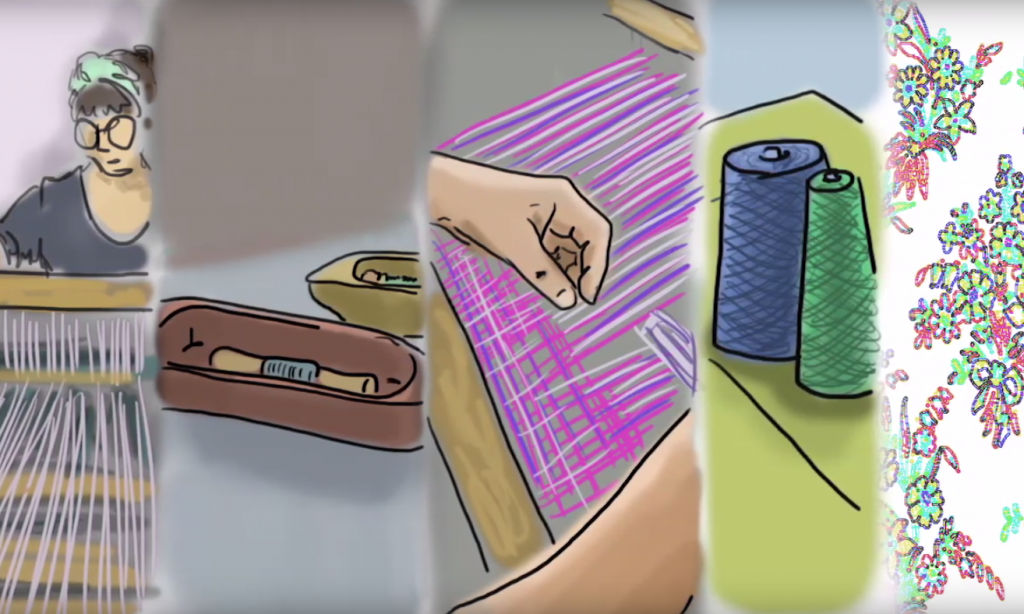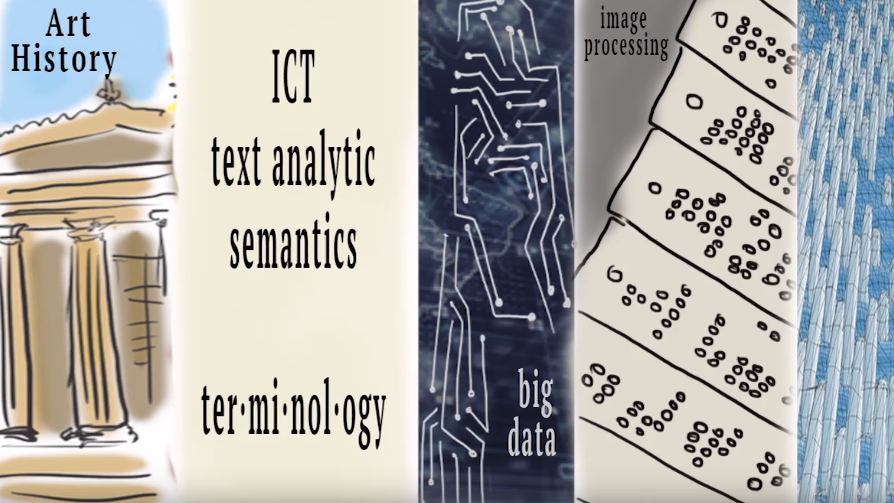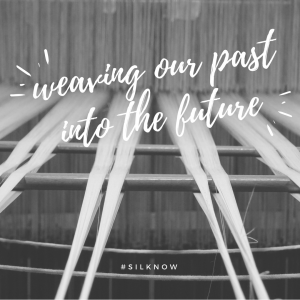
SILKNOW is a research project that improves the understanding, conservation and dissemination of European silk heritage from the 15th to the 19th century. It applies next-generation computing research to the needs of diverse users (museums, education, tourism, creative industries, media…), and preserves the tangible and intangible heritage associated with silk.
Based on records from existing
SILKNOW is made possible through the close cooperation of a multidisciplinary team, including areas as ICT, text analytics, image processing, semantics, big data, 3D printing, art history, terminology, textile fabrication and conservation. It is based on digital information about historical silk textiles provided by a number of European museums and collections. If you would like to know more about the data required for the
Why silk?
European history is woven in silk.
Throughout our past and present, few materials have had a similar presence: economic, technical, functional, cultural and symbolic. From flags to canopies, tapestries to furniture, fans to sword sheathes, wedding gowns to traditional costumes, we can find silk in countless contexts, over the last millennia. Many people experience vivid, personal and social connections to this heritage, linked to so many life stories and collective narratives. Luxury, craftsmanship, beauty
Nowadays, however, silk textiles are a seriously endangered heritage. There is also an associated intangible heritage -artisanal weaving techniques- at risk of disappearing. Countering those threats and making use of state-of-the-art technology, SILKNOW wants to showcase the splendor of silk, in Europe and worldwide, in the past and for the future.

What are our main goals?
- Semantically relating digitized European silk heritage, enabling data interoperability across different collections, for advanced searching abilities.
- Building a “Virtual Loom” to clone weaving techniques. This will allow users to discover the complexity, artistic and artisanal values of ancient silk textiles, while preserving them for future generations.
- Improve the understanding of the European silk heritage, thanks to visual tools that show the spatio-temporal relationships of data, including an open-access, multilingual thesaurus.
What results are we expecting to achieve?

- To provide many institutions, custodians of an immense textile heritage, with ICT resources that allow them to open their hidden wealth of European heritage to worldwide audiences.
- To contribute with strategies and best practices for the better curation of digital data in textile heritage institutions, particularly among those of small-to-medium size.
- To facilitate better strategies and the design of innovative tourism services about silk heritage, enriched through digital contents.
- To create enhanced didactic tools, scale models (in computer graphics and 3D printouts) of historical textiles that visualize their internal structure.
- To spark creative efforts by modern designers, putting silk heritage within the reach of today’s consumers by well-informed reuse of its motifs.
- To pave the way for further R&D+I in 3D printing for the textile industries.
- To produce teaching units in digital format, according to different levels of the Common European Framework of Reference for Languages.
- To become a resource for project-based learning assignments, through a specific tutorial developed collaboratively with participating schools’ staff.
- To connect content providers with fresh and interesting content, improving public knowledge of the Western Silk Roads, as well as their tremendous impact on our international relations, industry, technology and culture.
- To support regional policy makers in the implementation of their smart specialization strategies, with a focus on digital Cultural Heritage.